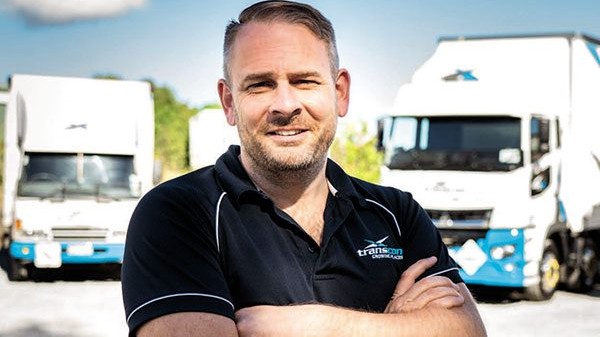Transport code of conduct

I was asked recently about the value and relevance I saw in the Australian road-transport sector-focused industry accreditation programme, TruckSafe, and my thoughts as a transport operator on how a rollout here might look and work. It got me thinking and encouraged me to delve into what the TruckSafe framework offers and its value to our cousins across the ditch.
For those unfamiliar with the programme, it is an independently audited safety and compliance-focused accreditation system that provides a range of parties with the confirmation of a given road transport operator’s credentials across a range of areas. It extends further into specific areas like animal welfare, much as industry association sector groups do in New Zealand, but with a more prescribed set of independently audited benchmarks and criteria to validate a given fleet’s performance.
Checking out its new.trucksafe.com.au website provides a glimpse into the culture and credibility of the programme, such is the rollcall of significant Australian fleets (including K&S Freighters, Wickham Freight Lines, Ron Finemore Transport and Road Trains of Australia), and the annual awards afforded to fleets that have excelled. You get the very real sense that many fleets hold the programme in the highest regard and are determined to meet its expectations, using it to drive a culture of continuous improvement and health and safety excellence.
The New Zealand Trucking Association and National Road Carriers have been clear in their determination to introduce/ transpose the likes of TruckSafe as a means of developing a code of conduct and best practice for the industry, something it is tough not to agree with.
From a personal perspective, the concept’s initial appeal is that it provides a way for fleets to obtain recognition and credibility. For example, it can be used to strengthen messages to customers about a business’ health, safety and compliance performance. It could also help in our relationships with government agencies, insurers, funding providers and even recruitment.
Not that long ago, the Operator Rating System (ORS) was still in place, a system not without its flaws, but a scorecard, nonetheless. While the intent of the ORS likely came from the right place, the fact it relied solely on a range of government agency data meant that the operator lacked the ability to challenge or provide insight into what sat behind their rating and its impact. The scorecard’s weighting system also meant that fleets of different sizes, annual mileages, or freight types and environments serviced could be advantaged or disadvantaged. I understand that plenty of industry consultation has occurred subsequently, although where this lands is yet to be announced.
The nirvana I see is an environment where fleets can be recognised and acknowledged for meeting – and ideally exceeding – critical criteria and that there exists a clear benefit/ incentive for operators to strive for such standards. For example, lengthened COF periods, or, with some greater technology in place, a more prescribed approach to reducing the frequency of roadside inspections for higher-performing and audited fleets.
In doing so, you’ve immediately created time and cost-related benefits to those fleets operating at the highest of levels and equally formed something for aspiring fleets to strive for. There might also be collateral benefits from insurers and other service providers backing the standards and performance criteria with which a fleet is validated as operating.
In an ideal world, it would be wondrous to see such a system flow beyond the above and form the basis of a universal site induction, in much the same as the construction industry has achieved with its ‘Site Safe’ passport-type accreditation. Again, there are clear time and cost benefits for operators in being able to showcase their attainment of a given set of standards to simplify their operations.
I look forward to seeing what evolves here and believe that some well-defined standards and aspirations in this space can only be positive for our industry, allowing each of us to shine and put our best foot forward in the competitive environment. The choice will be yours whether you participate in this initiative, but if the Australian example is anything to go by, there are only benefits.


